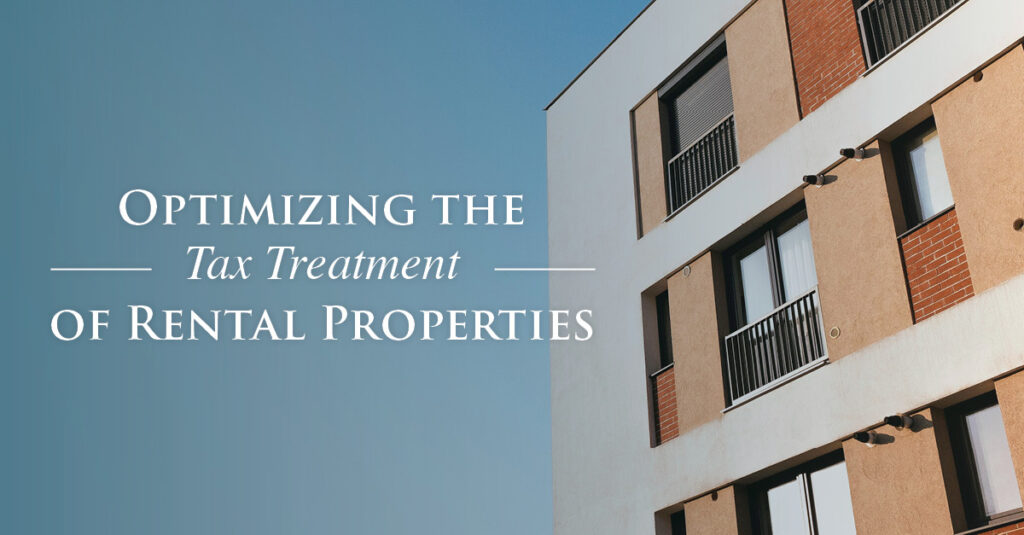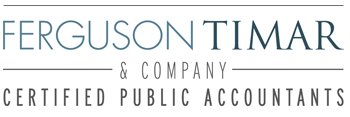
Not so long ago, most people who owned a second residence purchased the second home as a vacation dwelling. Having a place to escape to near a lake, in the mountains, or by the beach often afforded families a place to make memories time and again.
Nowadays, it is likely that if an individual or a family purchases a second residence, they opt to rent it to others for at least some of the time. The rise of home vacation rental sites like Airbnb and Vrbo has allowed non-corporate entities to profit as members of the hospitality industry in significant numbers.
In this article, the dedicated CPAs at Ferguson Timar discuss how owners of a second home rental can minimize their tax liability and maximize the tax benefits associated with this opportunity. Although rental income functions much like “ordinary” income does, there are several ways in which savvy rental homeowners can utilize their situation to their tax-related benefit.
Passive vs. Professional Interests
It is worth noting from the outset that individuals who spend more than half of their working hours attending to rental-related business are classified as real estate professionals by the Internal Revenue Service (IRS). If you only rent out your second residence, this label likely doesn’t apply to you. You are, instead, considered to be a passive investor.
However, if this label does apply to you because you rent out numerous properties that you own, manage rental home activities for other owners, etc., you’ll need to treat your rental profits as active income. As such, any losses you may have incurred may be used to both offset other forms of income earned during the year and – in the event that your rental activity generates actual income – to lawfully avoid net investment tax liability.
Special Considerations for Active Participants
If you are a passive investor but you maintain a minimum of 10 percent interest in your rental property and you make significant management decisions regarding its use – such as the approval of new renters, rental-related purchases, and rental terms – you may also be considered an active participant. This classification could allow you to deduct passive losses subject to a strict formula.
The formula is commonly referred to as the passive loss rule. You can take advantage of this rule provided that your modified adjusted gross income (MAGI) does not exceed $150,000. MAGI typically is your adjusted gross income before subtracting deductions for student loan interest. If your MAGI is $100,000 or less, you can deduct up to $25,000 of your passive losses for the year. Losses that exceed $25,000 can be carried over to the following tax year. Passive loss rule deductions phase out when a filer’s MAGI falls between $100,000 and $150,000.
The Limitations of Passive Investment
Most individuals who rent out a second home are considered passive investors. Generally, this classification only allows for passive losses to offset any income generated by passive activity. This means that losses generated by your second residence can’t be used to shelter any other form of taxable income that you’ve generated in a given year. Instead, you’ll need to carry those losses forward until a tax year experiences the generation of passive income or the sale of your secondary residence.
The Bright Side
If you are a passive investor, you’ll need to report the following rental-related sources of income on your taxes:
- Expenses paid for by tenants
- Rent, including payments for future occupancy made in advance
- Security deposits
- Services rendered by tenants offered in trade for rent deductions
Once you’ve accounted for all of the income that your rental has generated, you can start taking advantage of tax deductions unique to your status as a property owner in this context. Meaningful deduction opportunities include:
- Advertising
- Allowance for depreciation over the course of a property’s useful life
- Grounds maintenance, such as lawn care
- Home office costs
- Independent contractor and employee services
- Insurance premiums
- Losses from natural disasters, thefts, and other casualties
- Personal property costs utilized during rental activity
- Professional services, including tax preparation
- Property taxes, subject to specific formulas and your classification as a professional, active participant, or passive investor
- Mortgage interest up to $750,000 of secured mortgage debt on your second residence (treat this interest as a business expense on investment properties other than a second residence)
- Travel expenses related to maintenance and management of the property
- Utilities
Finally, as repairs are deductible for a secondary residence but improvements must be depreciated over the course of your property’s useful life, it is generally a better idea to make repairs as necessary instead of waiting until the property is in such challenging shape that it needs to be renovated.
Ferguson Timar Can Help You to Make the Most of Your Assets
Whether renting your second residence is your only unearned source of income or you have an extensive portfolio of assets that need to be addressed every tax season, the client-focused CPAs at Ferguson Timar can help you to minimize your tax liability and maximize benefits associated with property ownership.
The U.S. Tax Code is constantly evolving. The strategies that you utilized for tax success last year may not have the same effects this year and into the future. Connect with our team today at (714) 204-0100 to begin discussing a dynamic approach to tax strategy designed to ebb and flow as the law evolves and your asset portfolio grows. We look forward to speaking with you.
